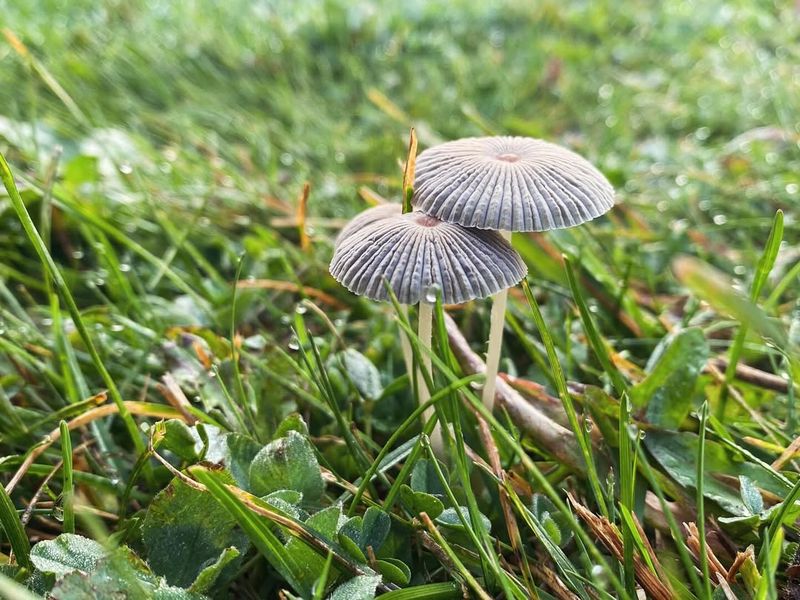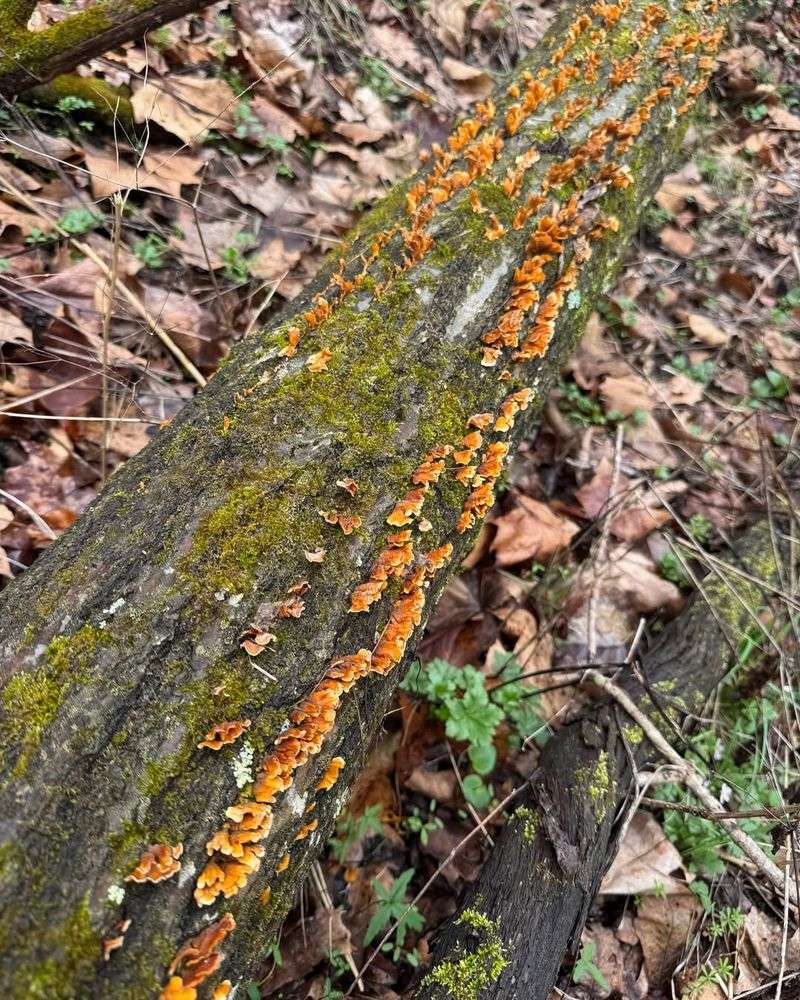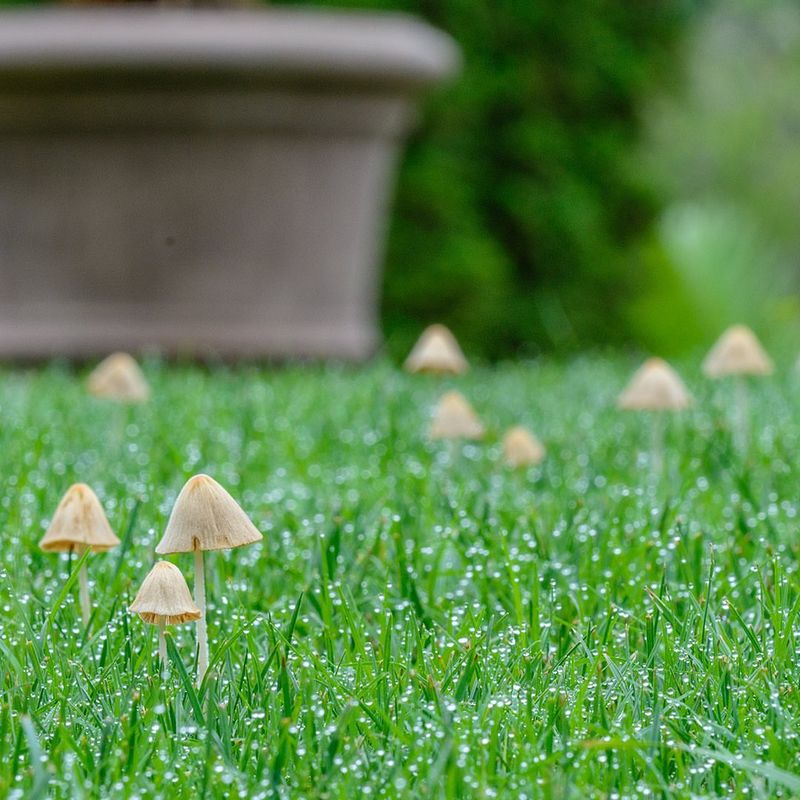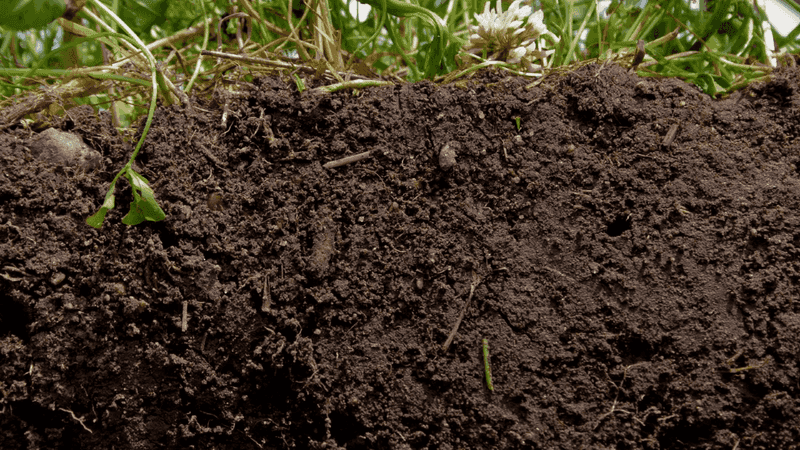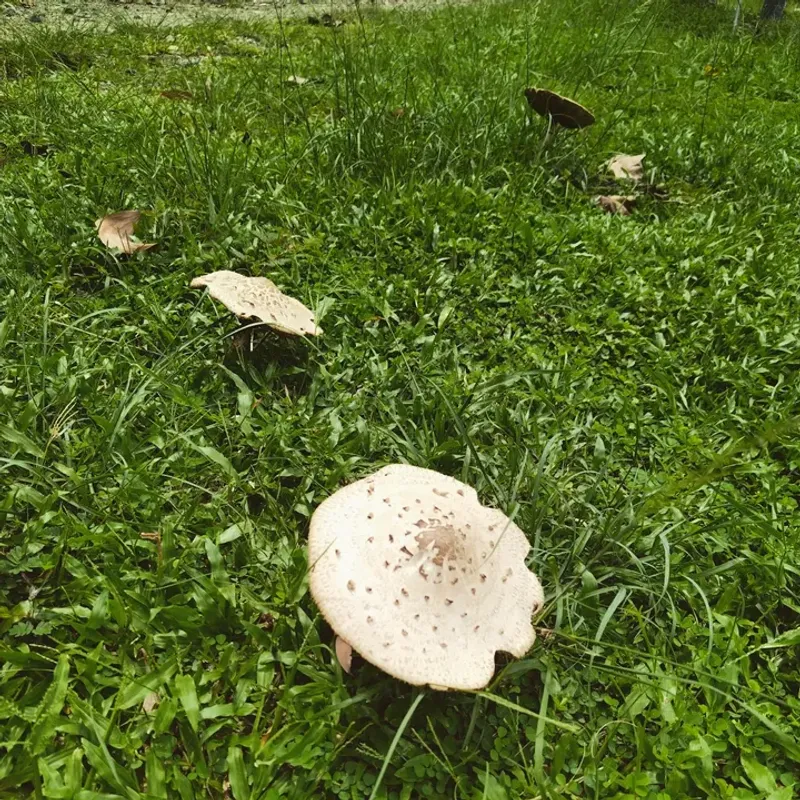Mushrooms popping up in Kentucky yards often catch homeowners off guard, especially during damp stretches of fall. But their appearance usually signals something happening beneath the surface, not a problem on the lawn itself.
Fungi break down old roots, wood, and organic matter in the soil, and when conditions are warm and moist, their fruiting bodies show up above ground. In other words, mushrooms are a sign of active soil life, not neglect. Here’s why you may be seeing them appear across your yard in Kentucky.
1. Excess Moisture In Your Soil
Kentucky’s humid summers create perfect conditions for mushroom growth. When your yard holds too much water from heavy rainfall or overwatering, fungi thrive in the damp environment.
Poor drainage systems make the problem worse, leaving puddles and soggy spots where mushrooms love to grow. If you notice mushrooms after rainstorms, your soil probably isn’t draining properly.
Consider improving your lawn’s drainage by aerating the soil or adjusting your sprinkler schedule to keep moisture levels balanced and prevent fungal overgrowth.
2. Decaying Organic Matter Below The Surface
Buried wood, old tree stumps, or construction debris hidden underground can feed mushroom colonies for years. Fungi break down this dead organic material as part of nature’s recycling system.
Your Kentucky yard might have remnants from cleared trees or leftover lumber from previous building projects. Mushrooms appear above ground when the fungi below are actively decomposing these materials.
While this process actually enriches your soil, you can remove visible mushrooms if they bother you, though new ones may return until the buried material fully decomposes.
3. Shady Areas That Stay Cool And Damp
Trees and buildings create shady spots where sunlight rarely reaches, keeping the ground cooler and moister throughout the day. Mushrooms flourish in these dim, protected environments where grass often struggles to grow thick.
Kentucky’s tree-lined neighborhoods provide plenty of shade that encourages fungal growth. The lack of direct sun prevents soil from drying out quickly after rain or morning dew.
Trimming lower tree branches can increase sunlight exposure and air circulation, helping reduce the ideal conditions that mushrooms need to sprout in your shadiest lawn sections.
4. Compacted Soil That Traps Water
Heavy foot traffic, playground equipment, and vehicles create hard-packed soil that water can’t penetrate easily. Instead of soaking deep into the ground, moisture sits near the surface where mushroom spores can access it.
Compacted dirt also restricts oxygen flow, creating conditions where certain fungi outcompete healthy grass roots. Your Kentucky lawn might show thin patches or bare spots in these problem areas.
Aerating your yard once or twice yearly loosens compacted soil, allowing better water absorption and root growth while making your lawn less hospitable to mushrooms.
5. High Levels Of Thatch Buildup
Thatch is that spongy layer of dead grass, roots, and stems that accumulates between your lawn’s green blades and the soil below. When this layer gets thicker than half an inch, it holds moisture like a wet sponge.
Kentucky’s warm growing season can cause rapid thatch development, especially in well-fertilized lawns. Mushrooms find this moist, decomposing material ideal for spreading their underground networks.
Regular dethatching with a rake or machine removes this excess buildup, improving air circulation and reducing the damp environment mushrooms need to flourish in your yard.
6. Recent Weather Patterns And Climate Conditions
Kentucky’s unpredictable weather brings periods of heavy rain followed by warm, humid days that mushrooms absolutely love. Fungal spores lie dormant in your soil until conditions become just right for rapid growth.
A single rainstorm can trigger mushrooms to pop up seemingly overnight when temperatures hover between 60 and 80 degrees. Spring and fall typically see the most mushroom activity across the state.
You can’t control the weather, but knowing that mushroom blooms are temporary helps. Most will disappear within a few days once conditions dry out naturally.
7. Naturally Occurring Fungal Networks In Healthy Soil
Believe it or not, mushrooms often indicate that your soil contains healthy fungal networks called mycelium. These beneficial organisms help break down nutrients and form partnerships with plant roots, actually improving your lawn’s health.
Many Kentucky yards naturally host these fungal ecosystems without any problems. The mushrooms you see are simply the reproductive structures, like flowers on a plant.
Unless mushrooms create slippery hazards or attract pests, they’re generally harmless and may even help your grass access water and nutrients more efficiently through underground fungal connections.


